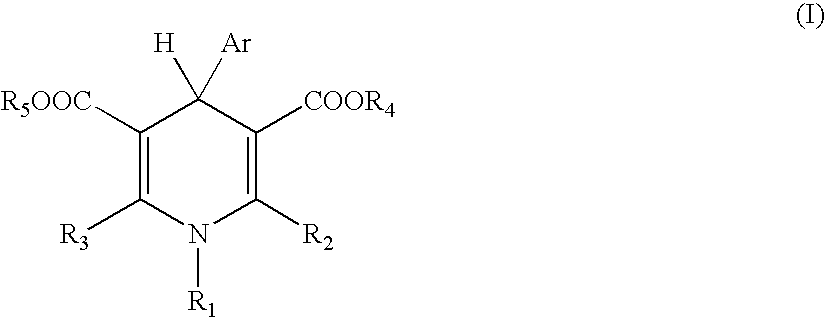Process of producing polymer optical waveguide
a technology of optical waveguides and polymers, applied in the field of polymer optical waveguide production, can solve the problems of large scattering loss, inability to realize a reduction of production costs, and long time-consuming to form optical circuits
- Summary
- Abstract
- Description
- Claims
- Application Information
AI Technical Summary
Benefits of technology
Problems solved by technology
Method used
Image
Examples
example 2
In a 500 ml separable flask, 11.0 g (0.05 moles) of 2,2'-difluorobenzidine (FBZ) was dissolved in 132.8 g of N,N-dimethylacetamide (DMAc) in a nitrogen atmosphere. 22.2 g (0.05 moles) of 2,2-bis(3,4-dicarboxyphenyl)hexafluoropropane dianhydride (6FDA) was added to this solution with stirring, and the resulting mixture was additionally stirred at room temperature for 24 hours to prepare a polyamic acid solution.
0.66 g (2.0 parts by weight per 100 parts by weight of the polyamic acid (solids content) in the polyamic acid solution) of a photosensitive compound (EDHP) was added to this polyamic acid solution to obtain a photosensitive polyimide resin precursor composition as a solution.
The photosensitive polyimide resin precursor composition was applied to a substrate comprising a copper foil having a thickness of 0.1 mm by spin coating, dried at 90.degree. C. for about 15 minutes, and then heated in vacuo at 380.degree. C. for 2 hours, thereby imidating the polyamic acid. The thus obta...
example 3
A channel type optical waveguide was obtained in the same manner as in Example 1, except that the undercladding layer and the overcladding layer were formed using the polyamic acid solution prepared in Example 1. The optical waveguide was evaluated for propagation loss in the same manner as in Example 1. As a result, the optical waveguide had a propagation loss of 1.0 dB / cm.
example 4
500 ml four-necked flask equipped with a stirrer, a dropping funnel, a reflux condenser and a thermometer was charged with 29.89 g (171.6 mmoles) of tolylene diisocyanate (T-80: an isomer mixture manufactured by Mitsui Takeda Chemicals, Inc.), 94.48 g (377.52 mmoles) of 4,4'-diphenylmethane diisocyanate, 64.92 g (308.88 mmoles) of naphthalene diisocyanate, and 184.59 g of toluene in a nitrogen gas stream. 8.71 g (51.48 mmoles) of 1-naphthyl isocyanate and 0.82 g (4.29 mmoles) of 3-methyl-1-phenyl-2-phospholene-2-oxide were further added to the resulting mixture, and the temperature was elevated at 100.degree. C. while stirring in a nitrogen gas stream. The mixture was maintained at the same temperature for 2 hours. Progress of the reaction was confirmed by infrared spectroscopy using FT-IR-230 manufactured by JEOL Ltd. That is, reduction of absorption of N--C--O stretching vibration (at 2,270 cm.sup.-1) of the isocyanate group and increase of absorption of N-C-N stretching (at 2,135...
PUM
| Property | Measurement | Unit |
|---|---|---|
| temperature | aaaaa | aaaaa |
| refractive index | aaaaa | aaaaa |
| temperature | aaaaa | aaaaa |
Abstract
Description
Claims
Application Information
 Login to View More
Login to View More - R&D
- Intellectual Property
- Life Sciences
- Materials
- Tech Scout
- Unparalleled Data Quality
- Higher Quality Content
- 60% Fewer Hallucinations
Browse by: Latest US Patents, China's latest patents, Technical Efficacy Thesaurus, Application Domain, Technology Topic, Popular Technical Reports.
© 2025 PatSnap. All rights reserved.Legal|Privacy policy|Modern Slavery Act Transparency Statement|Sitemap|About US| Contact US: help@patsnap.com



